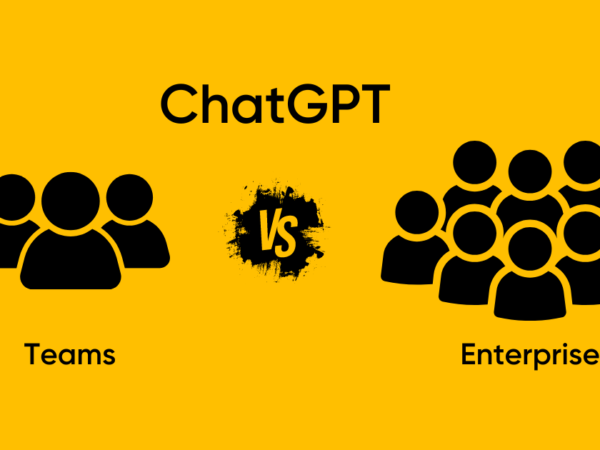In the digital age, customer service is more important than ever, and businesses are always on the lookout for ways to improve their customer experience. One technology that is increasingly being used in customer service is ChatGPT, an AI language model that can engage in natural language conversations with customers.
In this article, we will explore five tips for effectively using ChatGPT in customer service.
Train the Model on Relevant Data
To effectively use ChatGPT in customer service, it is crucial to train the model on relevant data. This means providing the model with a corpus of data that reflects common customer queries, issues, and concerns. The training data should include not only customer queries but also relevant responses, including those from human support agents. The more data the model is trained on, the better it will be able to understand and respond to customer queries.
Personalize Responses
One of the key advantages of using ChatGPT in customer service is its ability to provide personalized responses. To achieve this, businesses need to train the model to understand the context of each query and respond appropriately. This can include recognizing the customer’s name, understanding their order history or preferences, and responding to queries in a tone that reflects the brand’s personality. By personalizing responses, businesses can provide a more engaging and satisfactory customer experience.
Escalate Queries to Human Support if Necessary
While ChatGPT can handle many customer queries and issues, there will be instances where it is necessary to escalate a query to human support. It is essential to train the model to recognize when a query requires human intervention and how to escalate it to the appropriate support channel. By doing so, businesses can ensure that customer queries are resolved quickly and effectively, which is critical for customer satisfaction.
Continuously Update and Refine the Model
To ensure that ChatGPT is providing accurate and relevant responses, it is essential to continuously update and refine the model. This can include incorporating new training data as new customer queries and concerns emerge, evaluating the performance of the model on an ongoing basis, and fine-tuning the model to improve its accuracy and effectiveness. By doing so, businesses can ensure that ChatGPT is providing the best possible customer service.
Evaluate and Measure the Performance of the Model
Finally, it is crucial to evaluate and measure the performance of the ChatGPT model in customer service. This can include monitoring customer feedback and satisfaction, measuring the response time and accuracy of the model, and analyzing the effectiveness of the model in resolving customer queries. By evaluating the performance of the model on an ongoing basis, businesses can identify areas for improvement and make changes to ensure that ChatGPT is providing the best possible customer service.
Conclusion
In conclusion, ChatGPT is an increasingly popular technology for customer service, and businesses can use it to provide better customer experiences. By training the model on relevant data, personalizing responses, escalating queries to human support if necessary, continuously updating and refining the model, and evaluating and measuring the performance of the model, businesses can use ChatGPT effectively in customer service and provide a more engaging and satisfactory customer experience.



